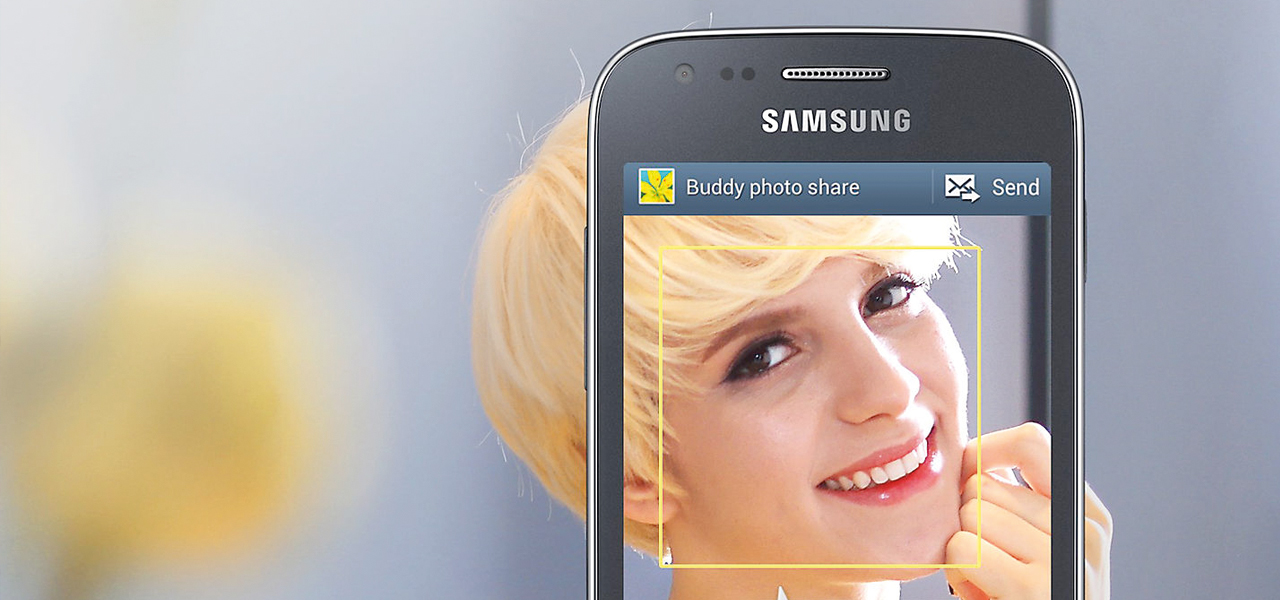Since most of us are already well familiar with Samsung’s Galaxy Ace series, we’re going to skip introductions and let you know that the series has just received its third installment, the Galaxy Ace 3.
According to Samsung, “Building on the success of the previous Galaxy Ace series, the Galaxy Ace 3 boasts powerful performance with a 1.2GHz dual core processor built to perform data-intensive tasks faster and more efficiently than its predecessor.” This translates into getting more bang for your buck, and we have nothing against that. Let’s take a closer look and see whether Samsung can deliver on those promises.
In our usual fashion, we kick off with the design. There weren’t any dramatic undertakings in the design department, meaning Ace 3 ended up looking like the rest of Galaxy series. It has a traditional, rounded-out shape accompanied by a chrome edge that we’ve seen on previous models.
The back cover has changed a bit, as it doesn’t have a slick surface any longer. In terms of size, Ace 3 has gotten slightly taller measuring 121.2 x 62.7 x 9.8 mm, but it has also gotten lighter by 7 grams coming in at 115 grams for the 3G version. All in all, it is still very comfortable to use and fits the hand perfectly.
On the front, you get a 4 inch TFT capacitive touchscreen bearing a resolution of 480 x 800 pixels and 233ppi density. Using it we’ve noticed that the colors are pretty accurate with solid viewing angles. The only downside was screen brightness. It didn’t perform so well as we expected it in direct sunlight.
In the performance department, we found a Dual-core 1 GHz Cortex-A9 for the 3G version and a slightly faster Dual-core 1.2 GHz Cortex-A9 for the LTE version. Both versions have a Broadcom VideoCore IV GPU and 1GB of RAM. Running on Android 4.2, it performs well with most applications with minimal lag.
If you plan to use it for checking emails and your social networks, watching videos and all that other good stuff, then you’ll have no problems at all. Storage-wise, the two versions are different as well. 3G version has 4 GB of internal memory, while the LTE one has 8GB. Both versions have a microSD slot for storage expansion. Battery capacity is also different for the two versions, but both will last more or less a day.
Along with the aforementioned Android 4.2, you get Samsung’s latest TouchWiz Nature UX interface. If you read some of our previous reviews of Samsung’s devices, then you’ll know what to expect. This version though, is scaled down to fit the performance figures. The features you’ll be getting are S Travel, Smart Stay and S Translator.
It doesn’t come with the animations found on more powerful models, but we aren’t rubbing our eyes yet. An average user won’t feel like anything is missing and that’s what matters to us.
A 5MP camera supplemented by an LED flash performs well enough in most situations. Samsung’s interface packs plenty of features and adjustments to keep you fiddling. The phone’s auto mode recognizes the setting accurately, leaving you with colorful and detailed images. Video recording can be done at 720p at 30fps.
Now that we’ve seen everything, we have to draw up a conclusion. Spec-wise, Samsung Galaxy Ace 3 is a slight upgrade over the last year’s model, but nothing spectacular that would make you chuck out your Ace 2 and run to the store. On the other hand, if you are considering and upgrade from the first Ace, you might just do that. Ace 3 has plenty of Samsung’s features to keep you interested, while being a proficient all-rounder. As a lower end device then, we would definitely recommend taking a closer look because it met all our expectations.



